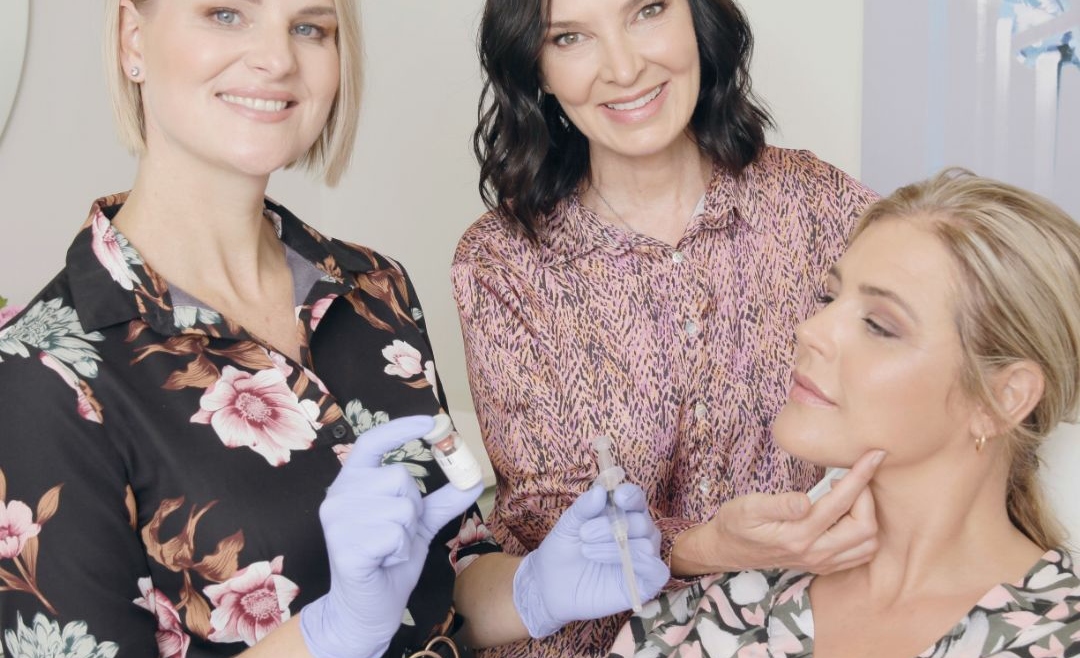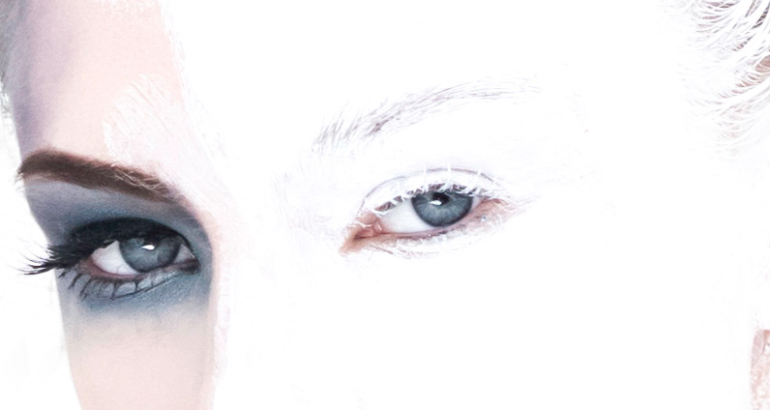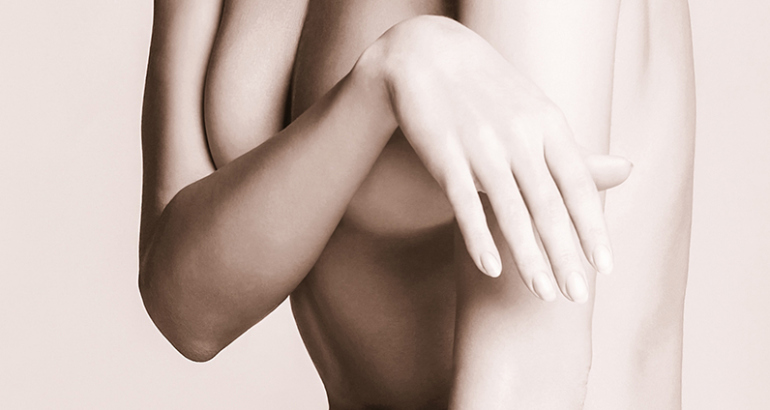by Dr Tracey Garner
The field of aesthetics is rapidly expanding and evolving, and advances in medical technology have led to the development of innovative treatments for skin and tissue regeneration.
Biostimulators have emerged as a promising option for restoring youthfulness and vitality to the skin, particularly in the areas of the face, neck, and hands. Biostimulation may occur due to various forms of skin treatments, such as laser, microneedling, platelet-rich plasma, stem cells, and injectable substances that stimulate the body’s natural regenerative processes, resulting in improved skin texture, elasticity, and volume.
Today, however, we will explore the fascinating world of injectable biostimulators, what they are, and how they can effectively regenerate the skin and subcutaneous tissues.
Table of contents
- What are Biostimulators?
- How do Biostimulators work?
- What do Biostimulators contain?
- Types of Biostimulators
- How do Biostimulators compare to other facial fillers?
- Biostimulating PRP and Stem Cells
- New Biostimulators to look out for
- Benefits of Biostimulators
- Can you combine Biostimulators with other Cosmetic procedures?
- Choosing the right Biostimulator
- An ideal Biostimulator for everybody
What are Biostimulators?
Biostimulators are substances that stimulate the body’s cells to function optimally, thus regenerating tissues. Their most widely known effect is that they stimulate the production of collagen, a protein that provides structural support to the skin and gives it its elasticity and volume. Collagen production naturally declines with age, resulting in sagging, wrinkling, and loss of volume in the skin.
How do Biostimulators work?
Biostimulators work by rejuvenating the skin from within, stimulating the body’s own collagen production to restore a youthful appearance. They may also improve skin hydration and reduce pigmentation by stimulating the production of intrinsic hyaluronic acid, increasing the expression of cellular channels called aquaporins, and improving various other cellular functions.
In a sense biostimulators are like adding fertiliser to the soil in your garden – they optimise the environment and structure for the ideal function of the skin and stimulate rejuvenation over time. You would feed your garden for a more blooming result, wouldn’t you? In the same sense, Biostimulators are the ideal way to love and feed your skin.
What do Biostimulators contain?
Several types of biostimulators are used in aesthetics. The injectables commonly referred to as biostimulators contain calcium hydroxyapatite (CaHA), poly-L-lactic acid (PLLA), or polycaprolactone (PCL). A new Hybrid Injectable contains both a hyaluronic acid (HA) dermal filler and CaHA.
These substances are injected into the skin and subcutaneous tissues, where they trigger the body’s regenerative processes over time. This leads to the production of new collagen fibres and improved skin quality, texture, and elasticity.
Types of Biostimulators
CaHA Biostimulators
CaHA Biostimulators contain specialised calcium microspheres that act as a scaffold or ‘landing spot’ for your fibroblasts. Fibroblast function is optimised, and they are perfectly poised to produce collagen fibres. Over time, the regenerated collagen fills in wrinkles, folds, and hollow areas, resulting in a more youthful and rejuvenated appearance. Fibroblasts also stimulate the production of hyaluronic acid, which hydrates and plumps the skin.
CaHA is delivered in a carrier gel that provides some initial volume, but it degrades within about 3 months. The new Hybrid Injectable includes the CaHA molecules within a stabilised HA gel which provides immediate volume from the HA and a lifted appearance over time due to the tightening effect of the CaHA. It provides the benefit of a filler and a biostimulator, thus improving the facial structure and harmony.
Poly-L-lactic acid (PLLA) Biostimulators
Poly-L-lactic acid (PLLA) Biostimulators is another biostimulator that has been widely used in aesthetics for skin regeneration. When injected into the skin, PLLA stimulates an immune response that attracts fibroblasts to the skin. This triggers the production of new collagen fibres. PLLA is unique in that it works gradually, with results appearing over several months. There is no initial filling effect, and a slow and steady rejuvenation process allows for a natural-looking improvement in the skin’s texture, elasticity, and thickness. Results with PLLA are optimised by doing a course of treatments – just as repeated fertiliser treatments of your soil will create the optimal environment for your garden to grow.
Polycaprolactone (PCL) Biostimulators
Polycaprolactone (PCL) Biostimulators are synthetic polymer products that stimulates collagen production and provides support to the skin’s structure. Like other biostimulators, PCL gradually improves the skin’s texture and volume, resulting in a more youthful appearance over time. It has been on the market for many years but is not currently available in South Africa.
How do Biostimulators compare to other facial fillers?
CaHA, PLLA and PCL are more permanent in the skin than hyaluronic acid-based dermal fillers. Both CaHA and PLLA bio-degrade over time, but their effects can last for up to 18 months, and top-up treatments can be done to continue stimulating the skin over time.
Even though dermal fillers only containing hyaluronic acid are mainly used for volumising, sculpting, or restoring facial features, it is also an effective biostimulator. Hyaluronic acid is a naturally occurring substance in the body that plays a crucial role in maintaining the skin’s hydration, volume, and elasticity. However, like other components of the skin, the production of hyaluronic acid decreases with age, leading to sagging and loss of volume.
How do Hyaluronic Acid fillers work?
Hyaluronic acid has a bio-stimulatory effect on the subcutaneous tissues by stimulating the body’s natural production of collagen and elastin. Dermal fillers consisting only of hyaluronic acid not only provide volume but also act as a scaffold that supports the regeneration of new collagen and elastin fibres. Over time, this process results in increased volume, improved texture, and enhanced elasticity of the skin.
One of the unique properties of hyaluronic acid is its ability to hold water, making it an excellent skin hydrator and plumper. Hydration is further increased by the improved function of the surrounding tissues, and by enhanced expression of substances like aquaporins that increase the flow of water into the skin. This improves the appearance of fine lines, wrinkles, and hollow areas, resulting in a more youthful and rejuvenated look.
For this reason, various formulations of hyaluronic acid fillers are used as Skin Boosters to improve the overall health and appearance of the skin. They improve skin quality and hydration and small studies have also shown improvements in visible pigmentation and acne breakouts.
The different technologies used to create these skin boosters have unique strengths and so a variety of skin boosters are used in different areas for different indications to ensure optimal results. Your experienced Aesthetic Doctor will know which to use for the ideal outcome for your unique skin concern.
Bio-stimulating PRP and Stem Cells
Platelet-rich plasma (PRP) and autologous stem cells are also potent stimulators of cellular function and are being used increasingly in our practice to achieve beautiful natural stimulation and regeneration of the skin. They are the biostimulators of the future. What an incredible thought that our bodies are designed with the ability to regenerate and heal themselves!
New Biostimulators to look out for
Other exciting biostimulators on the horizon are injectable bioactive peptides and exosomes. These protein snippets provide the opportunity to switch on specific cellular processes that gently and subtly rejuvenate the skin and are especially useful for delicate areas such as the skin around the eyes and mouth where products like CaHA, PLLA, and hyaluronic acid may not be indicated.
Benefits of Biostimulators
One of the biggest benefits of Biostimulators is that there is a variety of skin biostimulators available to ensure you find the ideal treatment for your unique skin need. There is a biostimulator for every patient, even those that generally do not do well with dermal fillers.
Let’s cover more Biostimulator benefits:
1. Generally, a quick in-office procedure with little or no downtime
2. They can be used to maintain skin quality in younger patients, thus preventing the effects of ageing.
3. Skin tightening and skin quality improvement provides a naturally rejuvenated look (reduced fine lines, wrinkles, and sagginess, and improved skin hydration)
4. Improvement occurs slowly over time, thus providing subtle natural results.
5. They can be combined with HA to provide an immediately lifted look, with skin tightening occurring over time, such as with the new Hybrid Injectable
6. Results with injectable biostimulators may last for up to 18 months, and far longer with autologous stem cells – up to 10 years.
7. They may reduce the need for surgery or may extend the time until it becomes a necessity.
Can you combine Biostimulators with other Cosmetic procedures?
In most cases, combining different biostimulators and aesthetic treatments yields the most optimal results. For example, combining hyaluronic acid with other bio-stimulatory agents, such as CaHA and PLLA can provide synergistic effects, leading to enhanced collagen production, tissue regeneration, and improved facial harmony.
In addition, combining biostimulators with other aesthetic treatments, such as laser resurfacing, micro-needling, or chemical peels, can further enhance the regeneration of the skin and subcutaneous tissues.
These combination approaches can be tailored to each patient’s specific needs, goals, and skin condition, resulting in a more comprehensive and personalised treatment plan.
Choosing the right Biostimulator
As with any aesthetic treatment, an in-depth consultation with an experienced Aesthetic doctor is crucial for achieving safe and optimal results.
During your consultation, your aesthetic doctor will conduct a thorough assessment of your skin condition and facial structure using photographic technology and a clinical assessment. Your medical history, goals, and expectations will be assessed to recommend a treatment plan tailored to your individual needs.
The mechanism of action, results, potential side effects, and aftercare instructions for your recommended treatment will be discussed to help you make an informed decision about the best treatment for your particular concern.
An ideal Biostimulator for everybody
Rather than an ideal biostimulator, we believe that there is an ideal biostimulator available for every patient and situation. The decision as to which one is ideal for you should be made in a personalised consultation with your aesthetic doctor.
We hope as the seasons change, that you will be preparing your skin as well as you do your garden. Love yourself by feeding your skin, your body, and your soul with the things you need to function at your best.
Contact us at capetown@drnwilkinson.co.za to discuss your Biostimulator journey today.
In the words of someone who knew how to create beauty, “Great things are not done by impulse, but by a series of small things brought together”. – Vincent van Gogh
Written by Dr Tracey Garner



